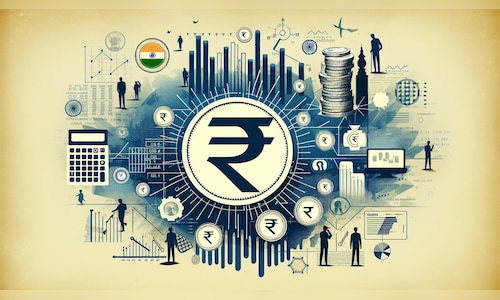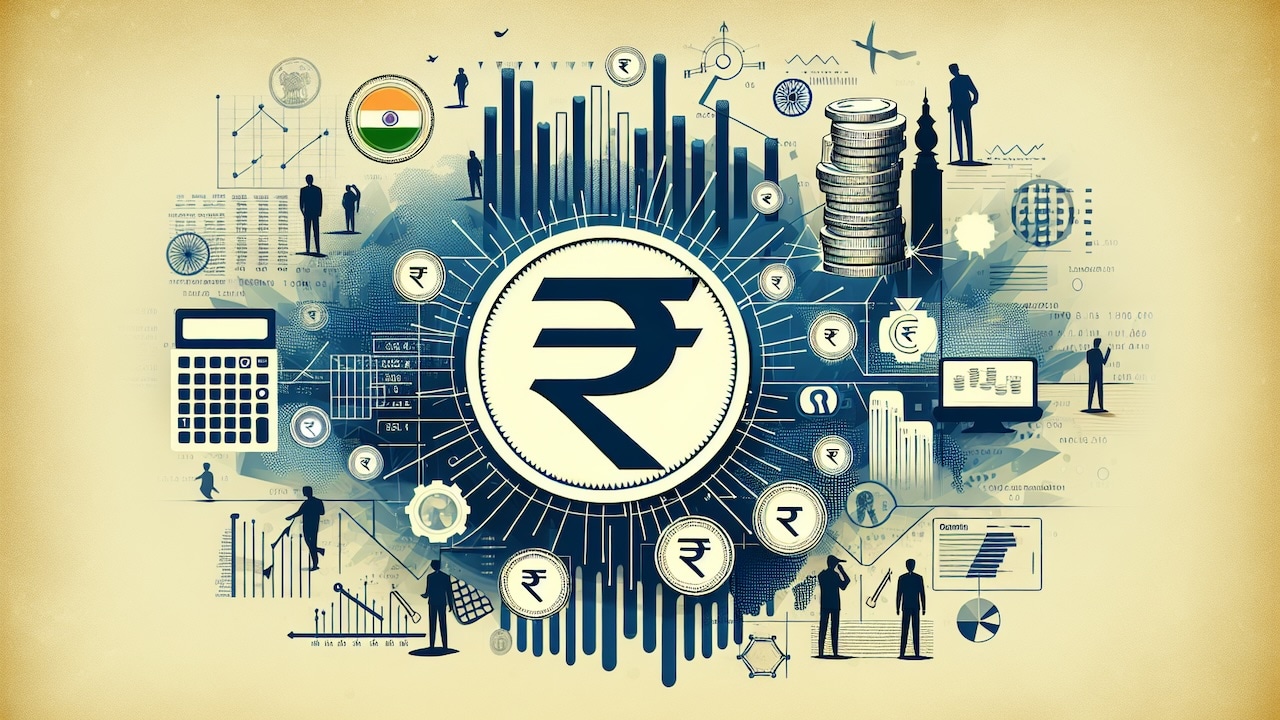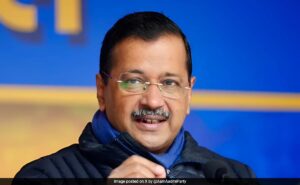

Types of Sales Tax:
- Value Added Tax (VAT): VAT is the additional tax charged by the central government on purchases of goods.
- Retail Sales Tax: Tax paid on the sale of retail goods. This is directly paid by the final customer.
- Wholesale Sales Tax: It is levied on individuals, who undertake the wholesale distribution or sale of goods.
- Manufacturers’ Sales Tax: This is levied on specific goods and is paid by the manufacturers.
- Use Tax: It is levied on the purchase of goods by a consumer without the payment of sales tax. This is applicable when a consumer buys goods from vendors, who are not covered under tax jurisdiction.
How do you calculate sales tax?
Although sales tax might sound like a complicated term to many, calculating it is an easy task if one gets the basics right. The basic formula to calculate sales tax is – Total Sales Tax = Cost of item x Sales tax rate.
For example, if a person buys a product at ₹100 and it has a sales tax component of 10%, then in this case the total sales tax paid will be — 100 X 0.10 = 10.
Another way of calculating sales tax is through the formula – Total Sales Tax = Cost of item x Sales tax rate/100.
Here, if a person buys a product for ₹100, while the sales component is 10% of the entire sales tax, the total sales tax will be – 200 x 10 divided by 100, which is 10.
Central Sales Tax Act, 1956
In India, the taxation laws are governed via the Central Sales Tax Act. It contains various rules and regulations related to sales tax, thereby allowing the central government to collect sales tax on a wide range of goods and services.
Key objectives of the Act:
- Serving as the competent authority to settle interstate trade disputes.
- It provides provisions to levy, collect and distribute taxes collected from the sale of goods via interstate trade.
- Setting up the rules and principles over time of sale and purchase of goods.
- Detailing specific goods that are of special importance for trade and commerce.
The Central Sales Tax (CST) Act, 1956 came into force on January 5, 1957, while CST rate was 1% originally and was increased to 2% and then to 3% and 4% (with effect from July 1, 1975), according to the Department of Revenue.
“The CST Act, 1956 Act provides for declaration of certain goods to be of special importance in inter-state trade or commerce and lays down restrictions on the taxation of such items. The entire revenue accruing under the levy of CST is collected and kept by the state in which the sale originates. The Act excludes taxation of imports and exports,” it said.
In 2007, an amendment to central sales tax rates was accepted. This saw it coming down from 4% to 3%. In July 2008, it came further down from 3% to 2%, with effect from June 1, 2008.
“Reduction of CST rate first from 4% to 3% & then from 3% to 2% has been done as a precursor to the introduction of Goods & Services Tax (GST), as CST would be inconsistent with the concept & design of GST,” the Department of Revenue states.
Exemptions
In certain cases, states offer tax exemptions, which are done on humanitarian grounds or to avoid the possibility of double taxation.
Products that are sold to educational institutions for charity are excluded from sales tax. There is a list of essential as well as local commodities that are exempted from sales tax. Further, those sellers, who have genuine state resale certificates, have been exempted from tax when they resale products.
(Edited by : Sudarsanan Mani)
First Published: Jan 13, 2025 5:44 PM IST



